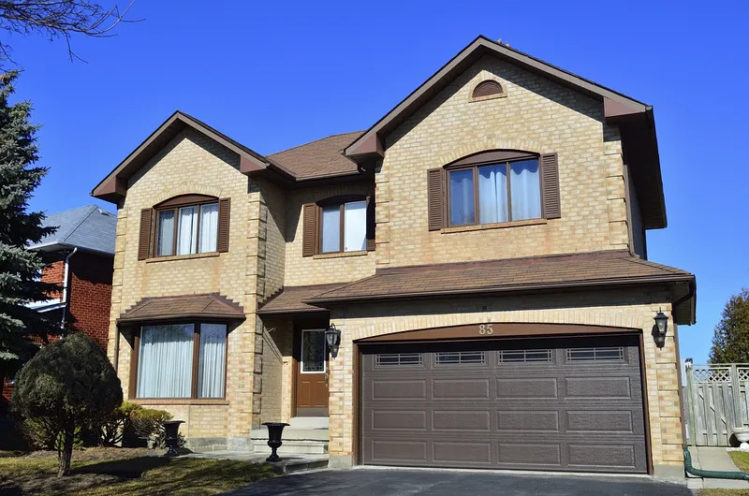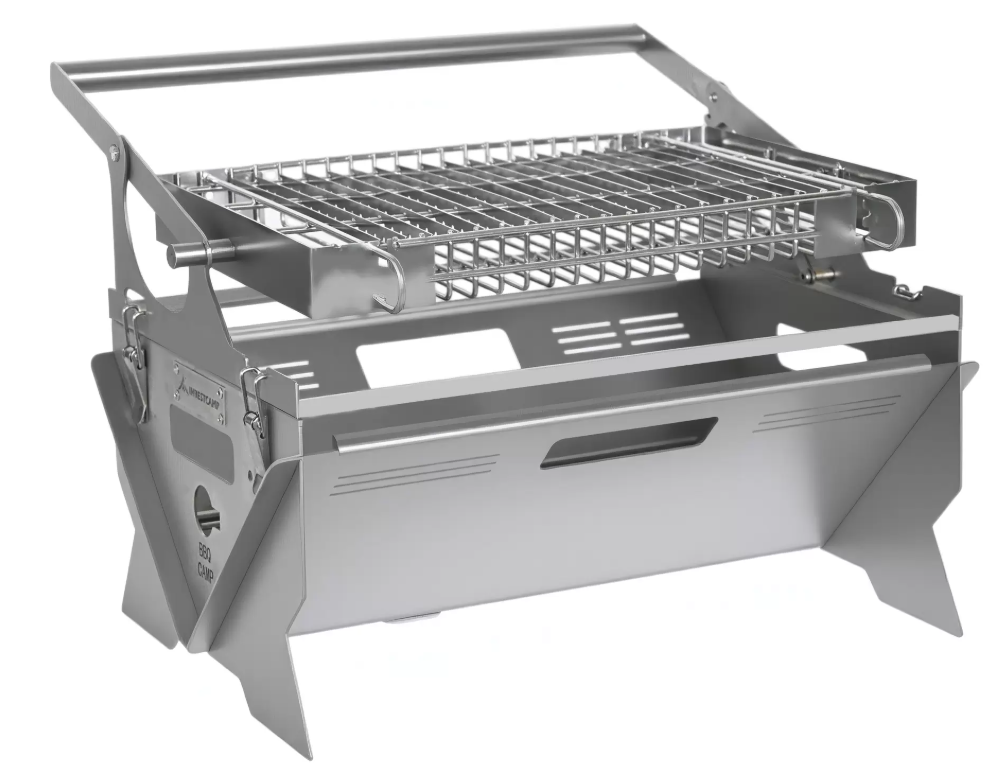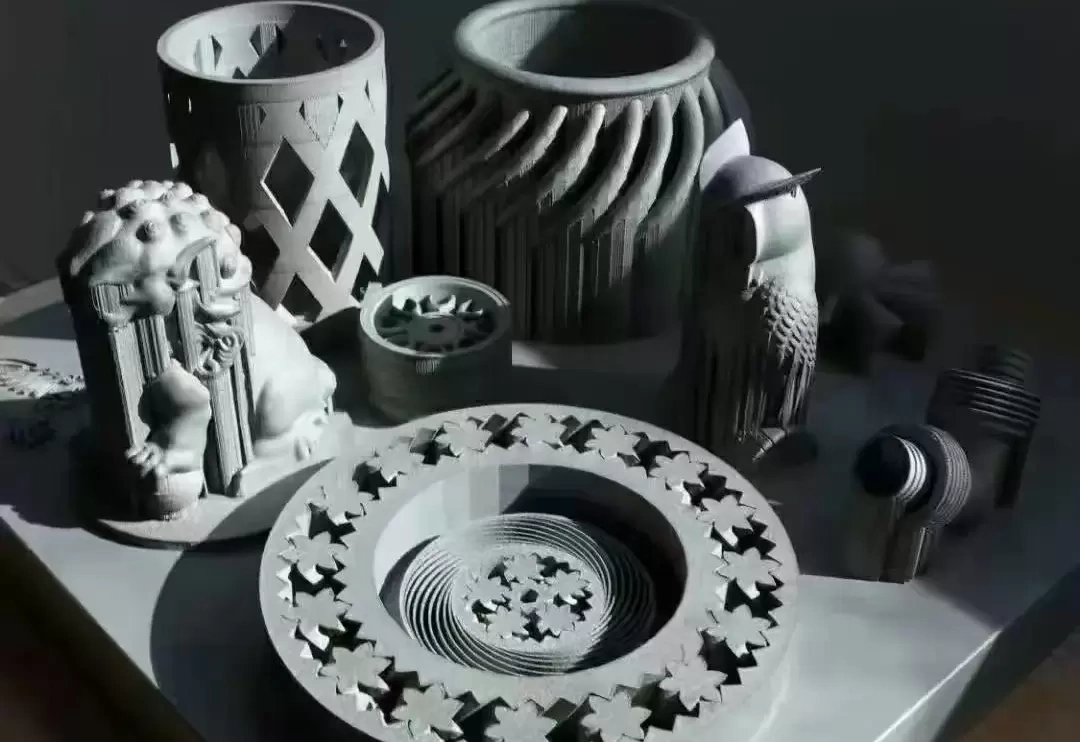
When it comes to the construction of houses, walls play a crucial role in providing structural support, insulation, and aesthetic appeal. Understanding the different types of walls used in modern homes is essential for homeowners, architects, and builders alike. In this blog post, we will delve into the various types of walls commonly found in houses, their characteristics, and the factors to consider when choosing the right type of wall for your home.
- Load-Bearing Walls:
Load-bearing walls are an integral part of a house's structural framework. These walls carry the weight of the floors, roof, and other structural elements. Typically made of concrete, brick, or stone, load-bearing walls provide stability and support to the entire structure. They are strategically placed to distribute the weight evenly and ensure the safety and durability of the building. - Partition Walls:
Partition walls are non-load-bearing walls that divide the interior space of a house into different rooms or areas. These walls are usually made of lightweight materials such as drywall, timber, or glass. They offer flexibility in terms of design and can be easily modified or removed to accommodate changing needs. Partition walls also contribute to sound insulation and privacy between rooms. - Exterior Walls:
Exterior walls are the outermost walls of a house that protect the interior from external elements. They are designed to withstand weather conditions, provide insulation, and enhance energy efficiency. Common materials used for exterior walls include brick, concrete, wood, and insulated panels. The choice of material depends on factors such as climate, budget, and architectural style. - Insulated Walls:
Insulated walls are becoming increasingly popular in modern homes due to their energy-saving benefits. These walls are constructed with insulation materials, such as foam boards or fiberglass, sandwiched between two layers of wall material. Insulated walls help regulate indoor temperature, reduce energy consumption, and provide soundproofing. - Green Walls:
With the growing emphasis on sustainability, green walls have gained traction in the construction industry. These walls incorporate living plants, either vertically or horizontally, to create a natural and eco-friendly aesthetic. Green walls offer numerous benefits, including improved air quality, noise reduction, and thermal insulation. They also contribute to biodiversity and promote a sense of well-being.
Conclusion:
Understanding the different types of walls used in modern homes is crucial for homeowners and professionals involved in the construction industry. Whether it's load-bearing walls for structural support, partition walls for interior division, or insulated and green walls for energy efficiency and sustainability, each type serves a specific purpose. By considering factors such as functionality, aesthetics, and environmental impact, homeowners can make informed decisions when choosing the right type of wall for their homes.



